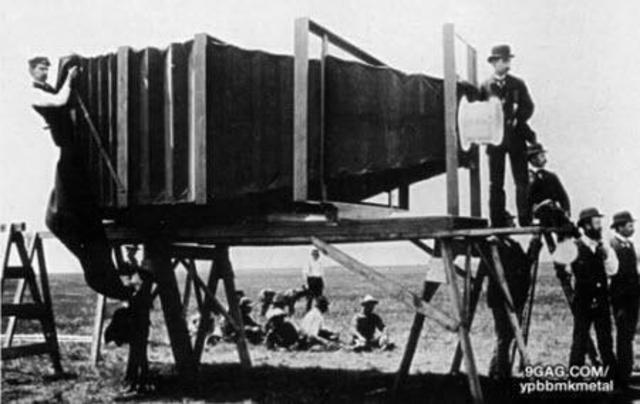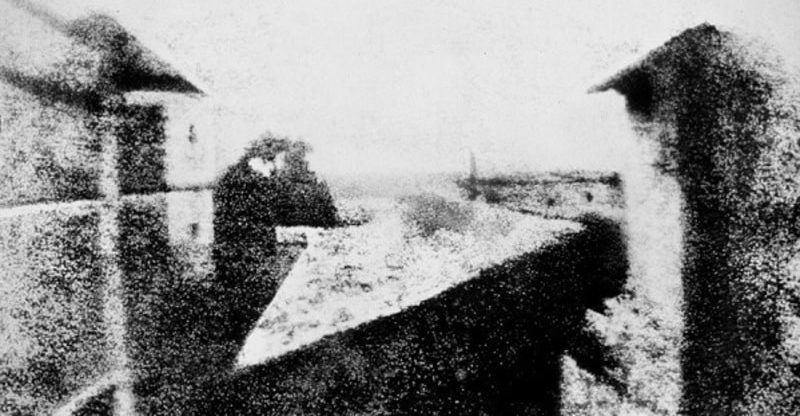The beginnings of photography

The word photography comes from the Greek words phos “light” and graphos “written” or “recorded”, so it is a writing with light or a recording made with light. The history of photography spans from the 19th to the 20th century, but has many antecedents in earlier times. It is one of the most revolutionary technologies that man has developed. Photography has made an impact on the sciences, the arts, and historical documentation. It also gave rise to other technologies, such as cinema, among others. The idea of capturing images and preserving them is something that humans have wanted since ancient times. It is what gave the appearance of painting, sculpture and, later, photography. There were old attempts to capture an image automatically, especially by means of the camera obscura principle, which is the same as that of photographic cameras. The camera obscura is a closed space, totally dark, in which light penetrates through an opening in one of its sides and projects an up side down image of what happens outside. This technique was known from the time of Aristotle or later from the Arab scholar Alhazén. From that work, scientists such as Giovanni Battista della Porta or Gerolamo Cardano experimented with the camera obscura in 1558. In the 16th century, the German Johann Zahn developed this technique in a wooden device, which was ready to become a camera. The first image obtained in history was made by the French scientist Nicephorus Niepce. He achieved results by prolonging exposure to light of pewter plates covered in bitumen, inside a dark room. The first image was in 1826 and took eight hours of exposure in broad daylight. In 1827 Niepce met Louis Daguerre and they signed a work agreement that left the latter with all the knowledge of Niepce’s photographic techniques after his death in 1833. Daguerre added to the mechanism a polished silver plate, on which the impressions, thus greatly reducing the exposure time. Later the daguerreotype appeared. This new technique allowed portraits to be taken, and was the best-known form of photography for a long time. However, other inventors were studying their own methods to obtained similar prints.

